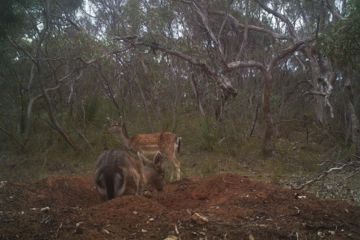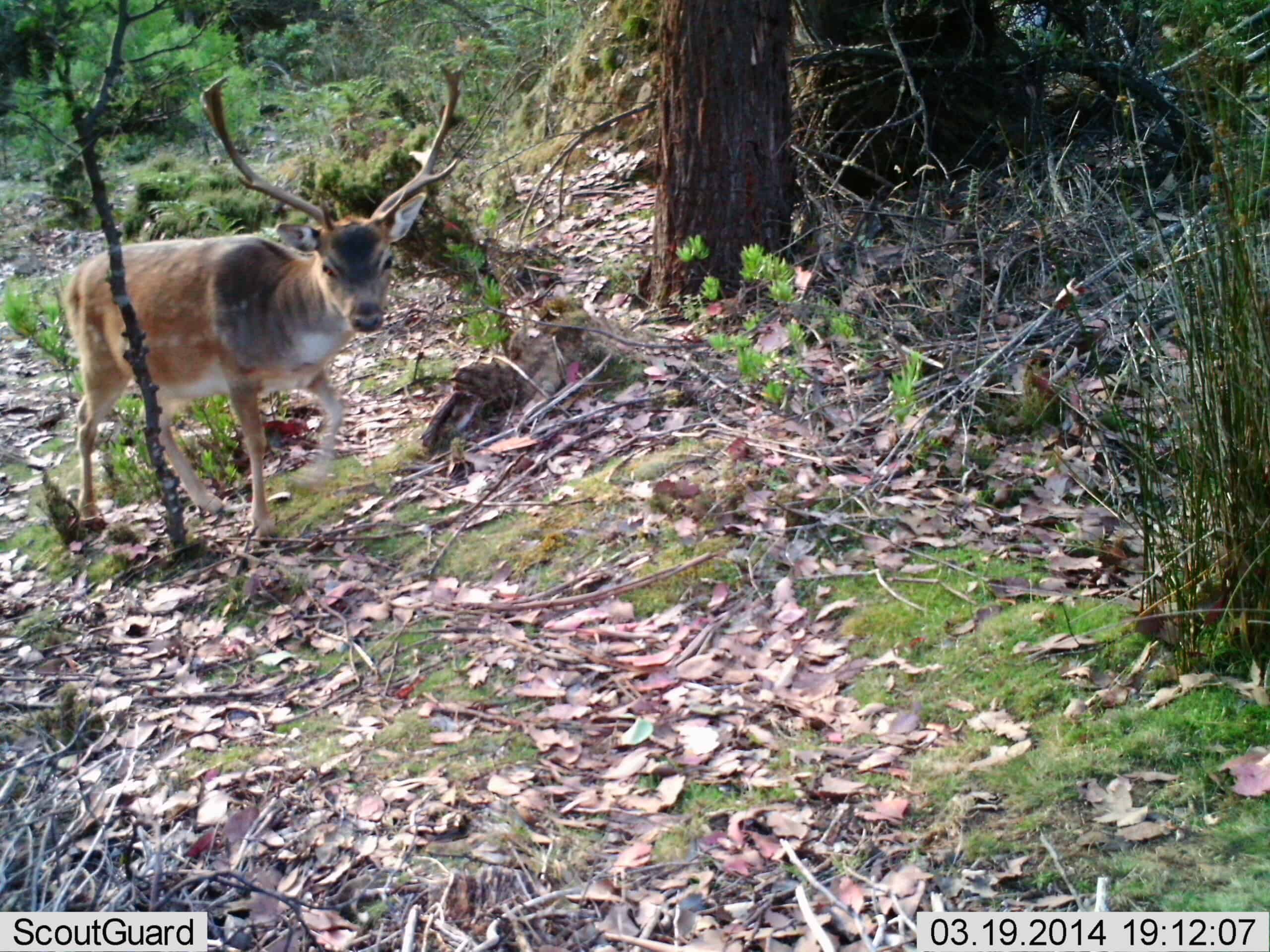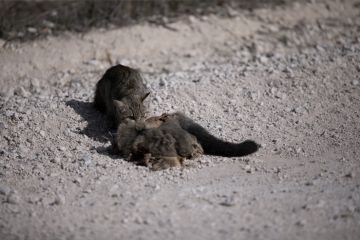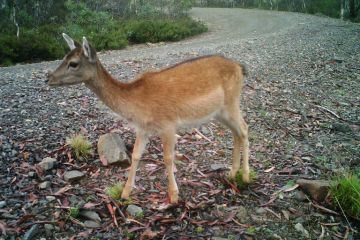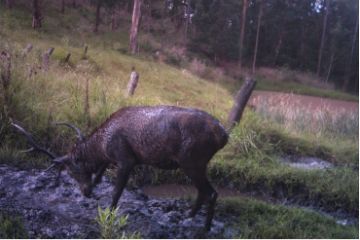
New federal funding for feral deer management in SA welcome – but full commitment to eradication still needed
The Invasive Species Council has welcomed new federal funding to support feral deer management in South Australia, saying it’s an encouraging boost for the state’s ambitious eradication effort – but more investment is urgently needed to finish the job.







